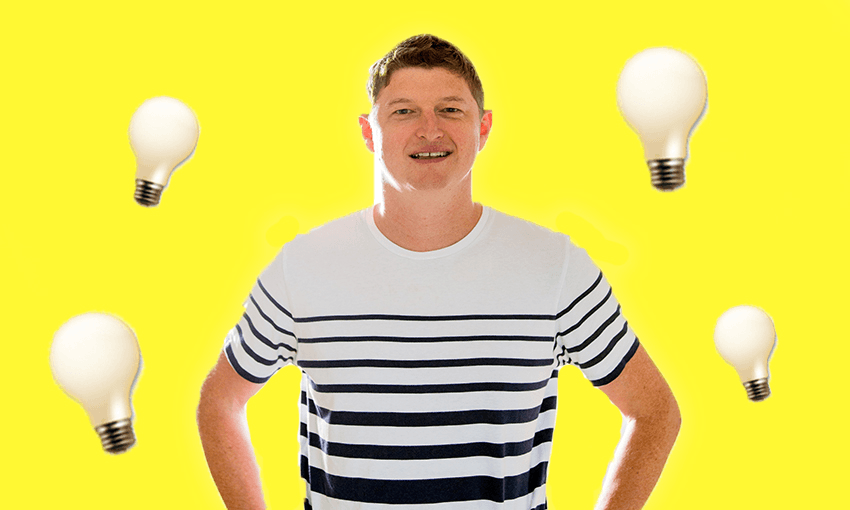Amid the seemingly endless bad news at the moment, a new initiative is trying to get people to think positively.
While the world may seem like it’s slowed to a crawl, there are still people out there creating and innovating. The Covid-19 pandemic has drastically altered how we’re living, but aspects of this change could lead to positive outcomes beyond the eradication of Covid-19, and that’s what BrightSpots aims to highlight.
Chris Clay is part of a team that’s curating some of these good changes, what they’re calling “bright spots”. Partnered with a group of world-renowned futurists and thinkers, Clay hopes to get people thinking about these positive changes.
But what defines a bright spot? The scope is broad at the moment. It could be a new project or initiative benefiting the environment, people or communities, new technologies or unexpected advantages of the current way the world is changing.
Clay says these could be from anyone, anywhere, and he’s especially interested in encouraging young people to get involved in finding these stories.
“Getting kids engaged in these good news stories means they can get a more balanced view of what’s going on, so it’s not just all of the dystopian headlines. Then they can be involved in this idea of, ‘What can we learn from this process and how can we make the future better as a result of it?’.”
BrightSpots is just over one week old, but has already received many submissions from people who’ve come across good work being done in the midst of Covid-19: positive stories from all over the world, like how wildlife trade has drastically reduced recently, and initiatives such as this online game called Foldit that’s helping in research for a potential Covid-19 cure. In the next few weeks, Clay wants to see hundreds more submissions, and encourages people to have a look through some of the good-news sites linked to from the BrightSpots website.
“We think it’s really important that people start looking for bright spots, from a psychological and resilience perspective,” he says. “Going to our good news library and engaging with sites in a way that they wouldn’t usually with TV news and things like that.”
Right now, Clay’s focused on creating resources to help children and teachers make use of the unique time we’re living in right now.
“We’re hoping by next week to have hundreds of secondary-aged students and some intermediate and primary-aged students participating in an activity we call frame-shifting. Basically, what they have to do is identify ways that the world has now changed as a result of [the pandemic], then answer the question, ‘Bow is the world better as a result of this change?’.”
An example of a positive change that’s been submitted relates to workplace accessibility issues: a BrightSpots user asked how we can ensure the accessibility of current online work and educational facilities continues after Covid. Clay says this is the type of thinking that leads to changes in how things operate, and now is the perfect time to be thinking about how we want the world to look in the future.
“Many commentators suggest that we are unlikely to see a swift return to normality at the end of these four weeks of restrictions. We are encouraging people to envisage what a new normal might look like. How can we come out of this crisis as a more just, inclusive, and regenerative society?”
And after we’re out of lockdown and the threat of Covid has dissipated, Clay hopes BrightSpots helps people to continue to think critically about how they want their futures to be shaped.
“We hope people are more eager to engage in futures thinking so we are more able to put our collective imaginations to work. We would be happy to be part of the infrastructure that makes this the new normal.”
